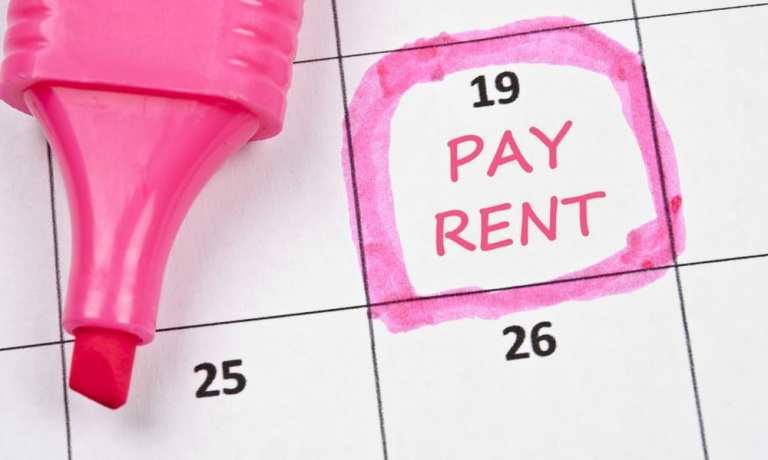40M Americans Could Be Evicted Due To Pandemic

With the pandemic still ongoing, as many as 40 million Americans may end up losing their homes, according to CNBC.
That number would be four times as many as lost their homes during the Great Recession from 2008.
The threat comes as Republican lawmakers haven’t made mention yet as of Thursday (July 30) of extending the moratorium on evictions on properties where federal mortgages exist or where tenants receive government assistance.
In addition, the $600 a week extra unemployment money is about to stop coming, with Republicans looking at much lower amounts for the foreseeable future or potentially incentives to return to work instead.
A new survey by global advisory firm Stout Risius Ross found that the numbers include over 40 percent of renter households that will be at risk. People of color and lower-income Americans will be especially endangered, with just 26 percent of African American tenants saying they were confident they could keep paying rent in the current economic conditions, as opposed to half of whites.
The survey looked at the percentage of renters from every state facing eviction, including high points of 59 percent in West Virginia, 58 percent in Tennessee and 55 percent in Mississippi.
Emily Benfer, an eviction expert and a visiting professor of law at Wake Forest University, said the solution could come in the form of a nationwide, across-the-board moratorium on rent and evictions. Cash assistance to renters and landlords would also be needed to make sure they don’t go bankrupt themselves.
“Countless lives will be negatively altered solely because they couldn’t shoulder the extraordinary circumstances of the pandemic and economic recession,” she said, calling the current circumstances the most severe housing crisis in the country’s history.
PYMNTS reported that 32 percent of Americans missed their housing payments in July. The statistics, coming from the San Francisco renter platform Apartment List, show 19 percent of Americans hadn’t made any housing payment while 13 had only made a partial one. For those under 30 years old, the percentage of missed payments was closer to 40 percent.